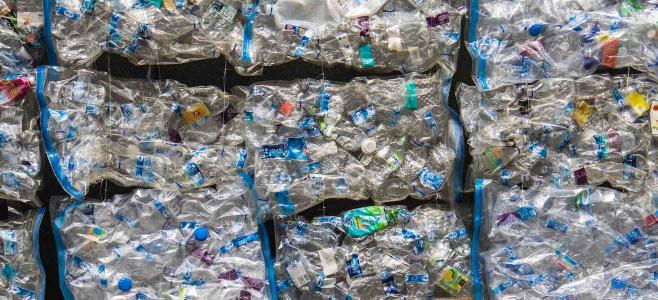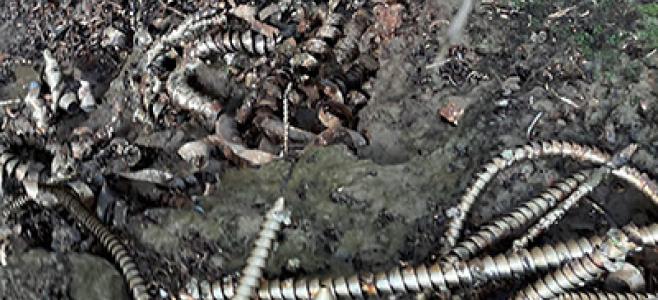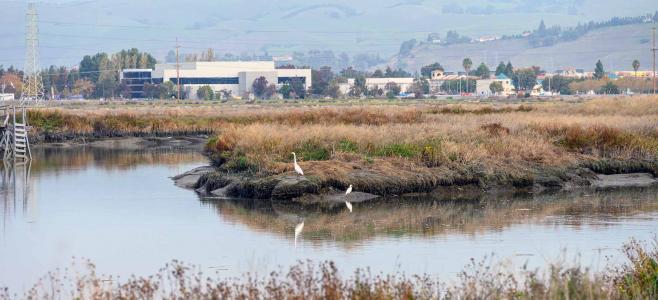Large industrial facilities released more than one million pounds of toxic chemicals into San Francisco Bay and other water bodies in the 60,000 square-mile Bay-Delta watershed during 2011, according to a report from the U.S. Environmental Protection Agency (EPA). The majority of this pollution comes from the large oil refineries located along San Francisco Bay shorelines.
Even more toxic chemicals were disposed of on land or released into the air, with an overall total of more than 20 million pounds.
The EPA’s Toxic Release Inventory report provides the latest available data covering the 437 largest industrial facilities in the San Francisco Bay-Delta watershed, which includes about 40% of California’s landmass, including most of the Central Valley. These facilities are required by law to report their toxic chemical releases to the EPA, and the EPA is required to make the information public. The Toxic Release Inventory also covers the rest of the U.S.
The yearly amount of toxic chemicals released into the waterways of the Bay-Delta estuary has not changed much since 2003. The pollution primarily comes from the region’s oil refineries: ConocoPhillips in Rodeo, Valero in Benicia, Chevron in Richmond, and Tesoro and Shell Oil in Martinez. It consists primarily of nitrogen compounds, which can cause excess growth of algae that chokes off oxygen needed by fish and other aquatic life.
Most toxic chemicals generated by big industry are disposed of on land. The majority, 14 million pounds, end up in the region’s hazardous waste management facilities. These landfills must meet stringent standards designed to keep the chemicals from getting into nearby land, air, and water. Some toxic chemicals also get put onto land at the industrial facilities’ own sites.
Releases of toxic chemicals into the region’s air decreased 27% from 2010 to 2011, and 53% since 2003. The refineries and the region’s chemical plants are the source of most of the toxics released into air, about half of which consist of ammonia.
There are other sources of toxic chemicals in the region not covered in the Toxic Release Inventory. These include pollution from smaller industrial sites, discharges from wastewater treatment plants, and runoff from farms, streets, roads, and parking lots.
To learn more about the Toxic Release Inventory, go to EPA TRI. To find information on toxic chemicals released by facilities in your area, use TRI Explorer.


